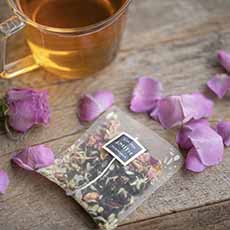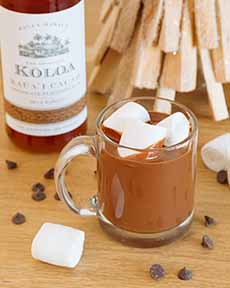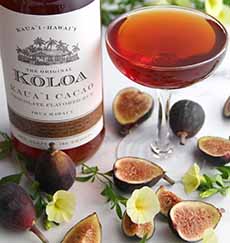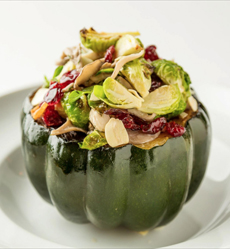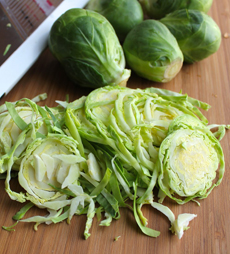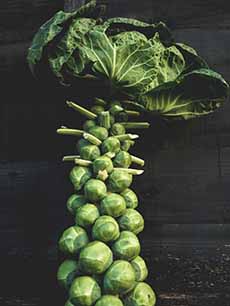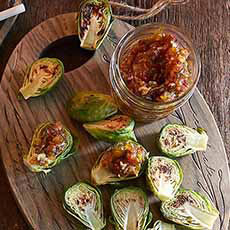|
The Year Of The Tiger begins on February 1st, and Adagio Teas has created a special oolong tea blend. If you’re not familiar with oolong, it’s semi-fermented or semi-oxidized tea that falls between green and black tea on the fermentation continuum (black tea ferments for two to four hours; for oolong, the fermentation process is interrupted in the middle).
The flavor and caffeine content of oolong are also midway between black and green tea.
While oolong looks similar to black tea, the taste is closer to green tea, with a more rounded flavor and mouthfeel.
The liquor (tea terminology for the color of the brewed tea) of oolong is often golden to dark brown, but the colors can vary widely (see photo below).
Its taste and aroma range from fruity to floral.
However, the appearance, shape and flavor of an oolong tea can vary wildly depending on the region where it’s grown and how it’s processed.
The long, blackish-green leaves inspired its name, which means “black dragon” in Chinese.
Oolong is sometimes referred to as “blue tea” because some varieties have a blue tinge (others have a green tinge).
However, now that an herbal blue tea made from butterfly pea flowers is becoming better known, people can brew a cup that is definitely bright blue.
Adagio’s Year Of The Tiger loose leaf oolong is delicately flavored with:
Cocoa nibs
Orange peels
Chocolate flavor
Ginger
Cornflowers (photo #2)
Safflower petals (photo #3)
Chocolate represents its strength, oranges symbolize its wit, and ginger gives this tea a tiger’s bite.
The tea is available in limited quantities while supplies last.
Head to Adagio.com.
THE HISTORY OF OOLONG TEA
Oolong (also transliterated as wu-lung) tea’s history is steeped (pun intended) in mystery. There are no facts, only theories.
The first theory, called the tribute tea theory, claims that oolong tea stems directly from dragon-phoenix cake tribute tea. Two different tea types, dragon (long) and phoenix (fong), were pressed into round cakes with raised designs. Later, when loose-leaf tea became the new way of serving tributes, the name was changed to “black dragon” or oolong tea, to describe the dark, wiry leaves that resulted from the particular form of processing.
Second is the Wuyi theory, which claims that oolong tea was originally named after the Wuyi mountain region, where it was first documented in poems from the Ming Dynasty (1368-1644).
The third is the Anxi theory, which claims that oolong tea was first discovered in the Anxi region of the Fujian province. A man named Sulong, Wulong or Wuliang, was distracted during the harvest and accidentally allowed his tea leaves to oxidize [source].
Take your pick (we’re partial to #2).
Oolong teas reached the height of their popularity during the Qing dynasty (1644 to 1912). When Ti Quan Yin (Iron Goddess of Mercy) oolong was introduced to the emperor Qian Long (reign 1735 to 1796), he was so enamored of the beauty of the tea that its popularity spread quickly.
Oolong tea was usually served out of special Yixing teapots made from purple clay. These were designed to be used with one type of tea only, in order to avoid cross-contamination of flavors.
Although the production of oolong tea has spread through various parts of Asia and all the way to India and Nepal, the best oolongs today still come from the Anxi and Fujian regions of China, and secondly from Taiwan.
Even so, there are many different variants, based on weather, terrain and production techniques. Iron Goddess of Mercy remains one of the most revered oolongs.
> TEA TERMINOLOGY & TYPES OF TEA
> THE HISTORY OF TEA
> CHECK OUT WHAT’S HAPPENING ON OUR HOME PAGE, THENIBBLE.COM
|
|

[1] Year Of The Tiger Tea is a special oolong blend (photo © Adagio Teas).

[2] Cornflower pettals (photo © Brambleberry).
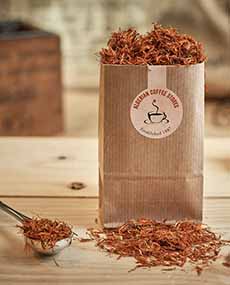
[3] Safflower petals (photo © Algerian Coffee Shops).

[4] Iron Goddess of Mercy oolong tea (photo © Fave Tea).

[5] A classic Yixing teapot (photo © Yoon Hye | Unsplash).
|

